NASA Astronomy Picture of the Day 14 May 2023: Iconic first free flight in space!
NASA Astronomy Picture of the Day for May 14 has remembered the iconic and first image of a free flight in space. Who is in this image? Read on.
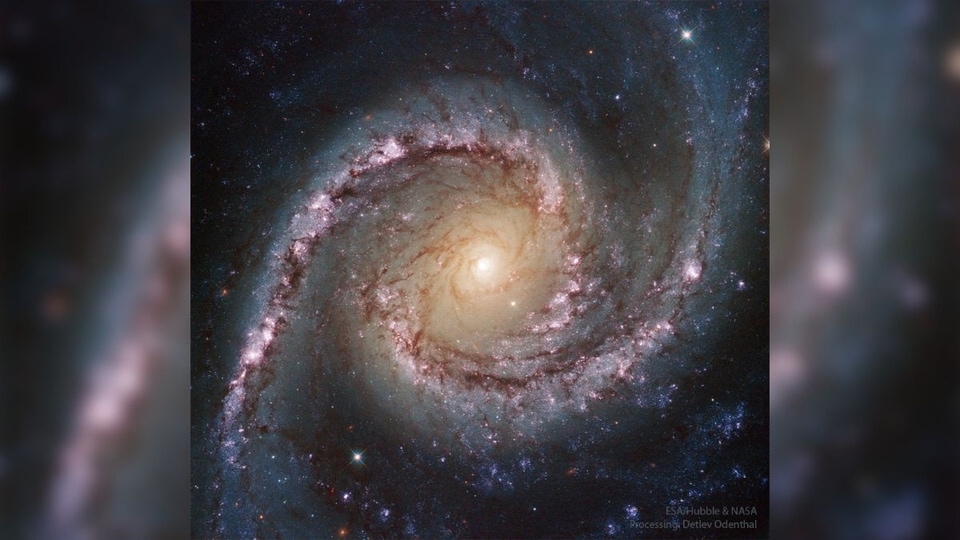
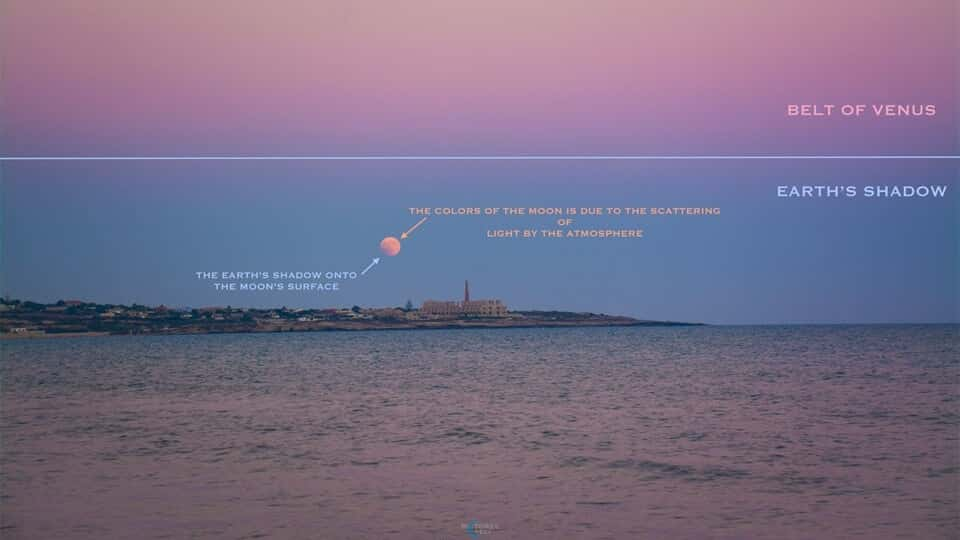
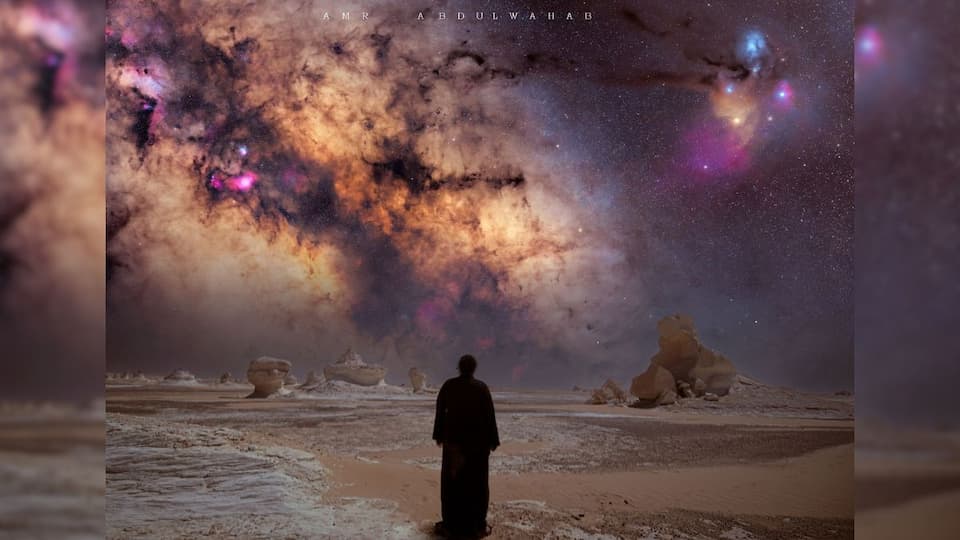
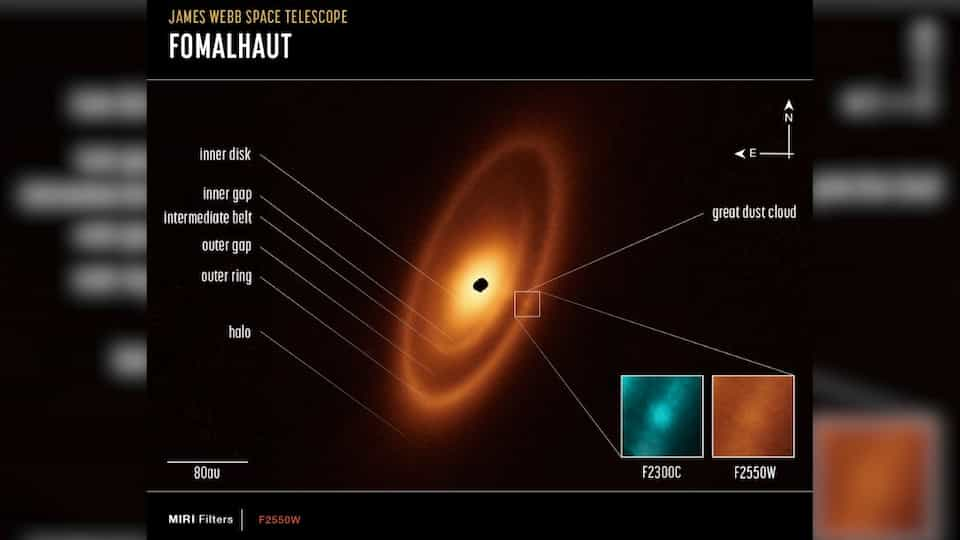
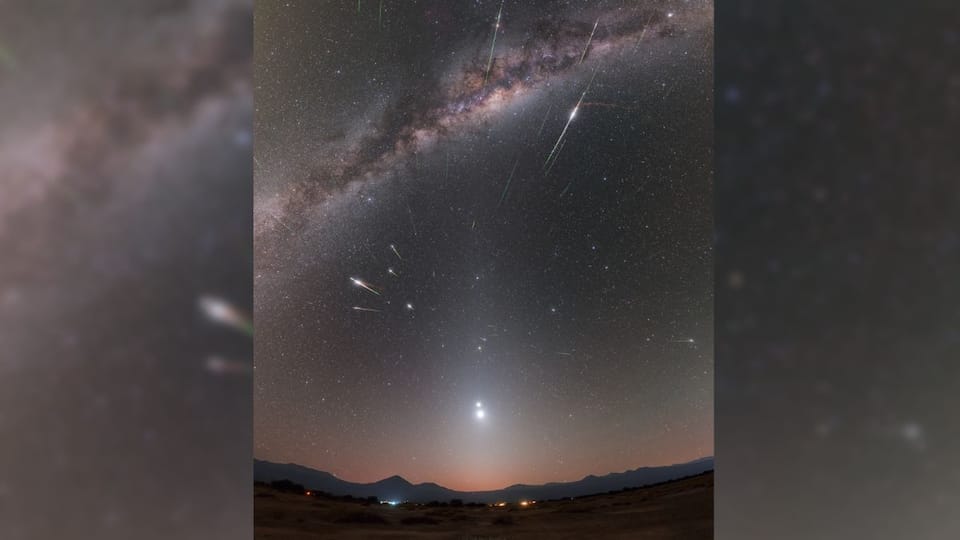
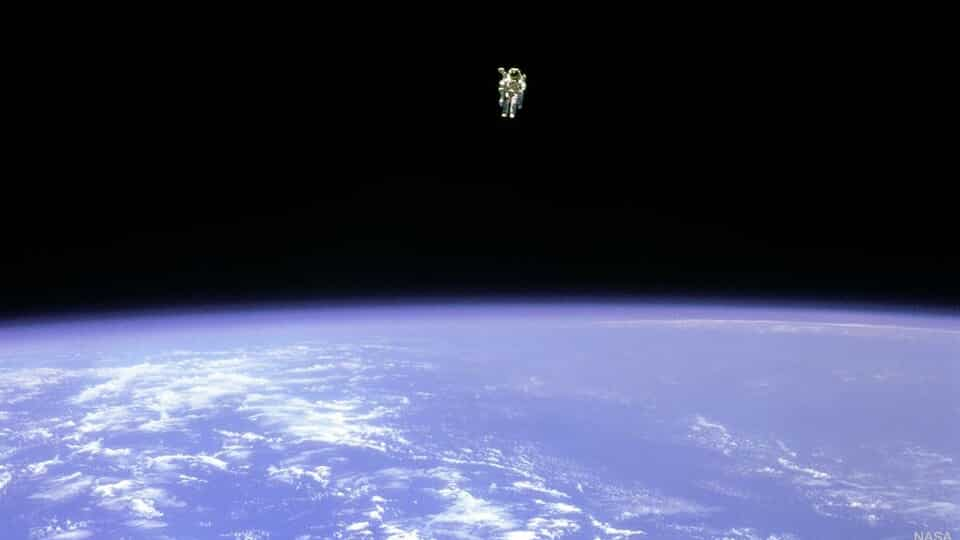
 View all Images
View all ImagesHow does it feel to fly in space without any attachments to a spaceship? Surreal, right? The experience can be literally out of this world - flying freely in the vastness of the cosmos! Such untethered spacewalks are pivotal in various space missions, enabling astronauts to perform tasks such as satellite deployment, repair, scientific experiments, and more.
Today's NASA Astronomy Picture of the Day is a snapshot of a famous Astronaut Bruce McCandless II flying freely in space! McCandless II found himself living the dream, flying approximately 100 meters away from the cargo bay of the space shuttle Challenger. Drifting farther into the expanse of space than anyone had ventured before, he embodied the epitome of exploration, NASA explained while sharing the photo.
In the year 1984, during Space Shuttle mission 41-B, McCandless, alongside fellow NASA astronaut Robert Stewart, became the pioneer of the "untethered space walk" guided by a Manned Maneuvering Unit (MMU). The MMU relied on jets of nitrogen as a propellant and played a crucial role in satellite deployment and retrieval. "With a mass over 140 kilograms, an MMU is heavy on Earth, but, like everything, is weightless when drifting in orbit. The MMU was later replaced with the SAFER backpack propulsion unit," NASA mentioned.
FIRST astronaut to fly untethered
This spacewalk by Astronaut Bruce McCandless II is iconic as he became the first astronaut to fly untethered from his spacecraft. Sadly, he passed away on Dec. 21, 2017, at the age of 80.
His contributions extended beyond that extraordinary moment captured in the photograph. McCandless served as a mission specialist on two space shuttle missions. During STS-41B in 1984, he embarked on the famous spacewalk, showcasing his remarkable courage and skill. Subsequently, on STS-31 in 1990, he played a crucial role in the deployment of the Hubble Space Telescope, a monumental achievement that expanded our understanding of the universe. NASA has informed that McCandless logged more than 312 hours in space, including four hours of flight time using the MMU.
Catch all the Latest Tech News, Mobile News, Laptop News, Gaming news, Wearables News , How To News, also keep up with us on Whatsapp channel,Twitter, Facebook, Google News, and Instagram. For our latest videos, subscribe to our YouTube channel.
































